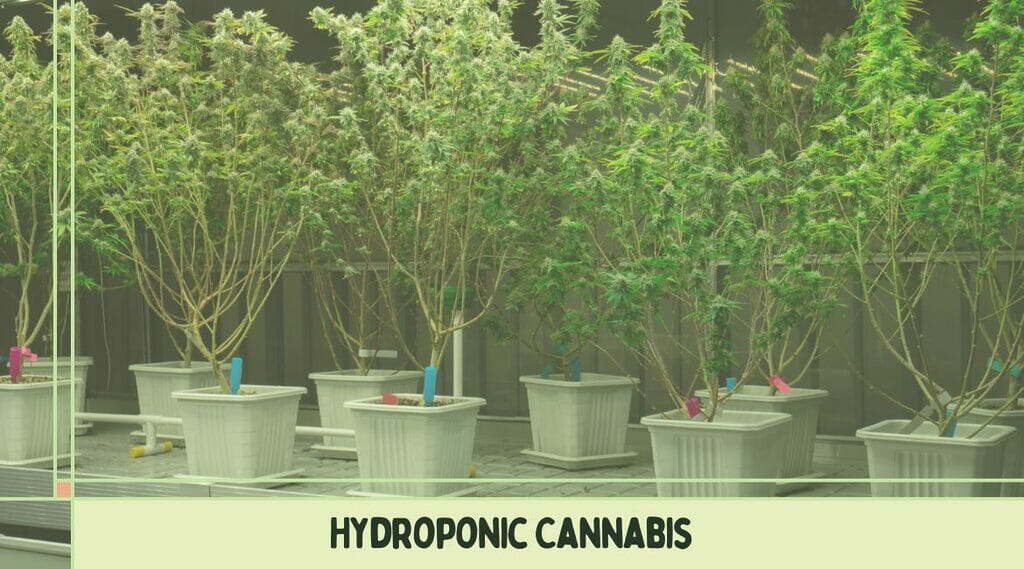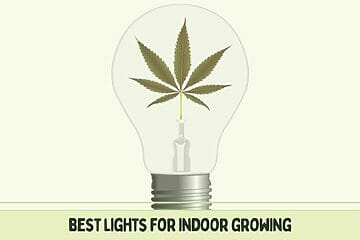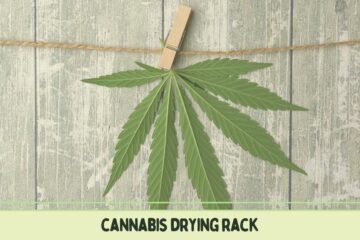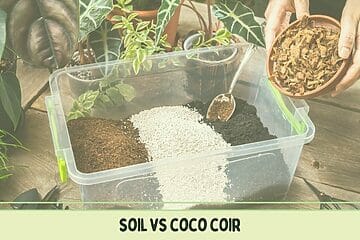Are you a cannabis grower who’s interested in taking your hobby to the next level by growing your plants hydroponically? If so, this blog post is for you! In it, we’ll introduce you to the basics of hydroponic cannabis cultivation and provide some tips on how to get started. You’ll learn everything you need to know to start your own hydroponic garden at home. So whether you’re a complete beginner or just looking for a few new pointers, read on for all the information you need to get started growing weed hydro!
Table of Contents
What is Hydroponic Growing?
Hydroponic growing is the name of the horticultural method for growing crops, including cannabis, where a nutrient-water solution and an inert growing medium are used rather than nutrient-rich soil.
This method can be used to cultivate a wide variety of plants, including fruits, vegetables, herbs, and flowers. While hydroponic systems can vary widely in design, they all share the common goal of delivering nutrients directly to the roots of plants. By doing so, they are able to provide plants with everything they need to thrive while minimizing the risk of soil-borne diseases and pests. In addition, hydroponic systems often require less water than traditional growing methods, making them an environmentally friendly option for those looking to reduce their water footprint. Whether you’re a seasoned gardener or a complete novice, hydroponic growing is a great way to get started with horticulture.
Benefits of Hydroponics Systems
Hydroponic weed has many benefits, some of which include:
- Increased Yields
One of the primary benefits of hydroponics systems is that they can help to increase crop yields. Because plants grown in hydroponics systems have access to a constant supply of water and nutrients, they are able to grow more quickly and produce more fruit or vegetables than those grown in traditional soil-based systems. - Reduced Water Usage
Hydroponics systems can also help to reduce water usage. In traditional soil-based systems, a great deal of water is lost to evaporation and runoff. However, in hydroponics systems, water is recycled and reused, which helps to reduce water usage by up to 98%. - Reduced Pest and Disease Pressure
Another benefit of hydroponics systems is that they can help to reduce pest and disease pressure. Plants grown in soil can be susceptible to pests and diseases, which can damage crops and reduce yields. However, plants grown in hydroponics systems are not as susceptible to pests and diseases, as the growing environment can be controlled more easily. - Increased Nutrient Uptake
Hydroponics systems can also help to increase nutrient uptake by plants. In traditional soil-based systems, nutrients can be lost to leaching. However, in hydroponics systems, the roots of plants are constantly exposed to nutrients, which allows them to absorb more of these essential compounds. - Flexibility in Location
Hydroponics systems also offer flexibility in location. Traditional agriculture is often limited by climate and soil type. However, because hydroponics systems do not rely on soil, they can be set up almost anywhere, including in greenhouses or indoors. This allows farmers to grow crops year-round, regardless of the outside conditions. - Lower Cost of Production
Hydroponics systems can also be less expensive to operate than traditional agriculture due to the reduced need for inputs such as water and fertilizer. Additionally, because hydroponics systems are often automated, they require less labor than traditional agriculture, which can further reduce costs. - Increased Efficiency
Hydroponics systems are also generally more efficient than traditional agriculture due to the fact that they do not rely on soil. Soil contains a great deal of organic matter that needs to be broken down before it can be used by plants. However, in hydroponics systems, plants directly absorb the nutrients they need from the growing medium, which helps them to grow more quickly and efficiently
Disadvantages of Hydroponics Systems
- High Initial Cost
One of the main disadvantages of hydroponics systems is that they can be quite expensive to set up. In addition to the cost of the equipment, you will also need to purchase a nutrient solution and grow lights if you are growing indoors. If you are growing hydroponically on a large scale, the costs can be even higher. - Requires Constant Monitoring
Hydroponics systems also require constant monitoring in order to ensure that the plants are getting the nutrients they need. If the nutrient solution is not properly mixed, it can lead to problems with plant growth. Additionally, the pH level of the water must be monitored and adjusted as needed in order to ensure that the plants are able to absorb the nutrients. - Can Be Difficult to Automate
Hydroponics systems can also be difficult to automate, as they require frequent monitoring and adjustments. If you are not carefully monitoring your system, it is easy for things to go wrong, which can lead to problems with plant growth. Additionally, automating a hydroponics system can be expensive, as you will need to purchase special equipment and software. - Requires More Water than Soil-based Systems
Hydroponics systems also require more water than soil-based gardening systems. The plants in a hydroponics system are constantly taking up water through their roots, which means that evaporation can be a problem. As a result, you will need to add water to your system more frequently than you would if you were growing in soil. - Can Be Messy
Another disadvantage of hydroponics systems is that they can be quite messy. The water used in these systems can easily splash and spill, which can lead to wet floors and surfaces around your grow area. Additionally, if you are using grow lights, they can produce a lot of heat, which can make your grow area quite warm and humid. - Can Attract Pests
Hydroponics systems can also attract pests such as insects and rodents. These pests are attracted to the moisture and food sources in a hydroponics system, which can lead to problems with plant growth. Additionally, pests can spread diseases that can harm your plants or make them less productive. - Can Be Difficult to Maintain
Hydroponics systems can also be difficult to maintain due to their complexity. If one component of your system is not working properly, it can impact the whole system and cause problems with plant growth. Additionally, if you do not clean your system regularly, it can become clogged with algae or other debris, which can further impact plant growth
Hydroponics Systems for Cannabis Plants
Ebb and Flow
The ebb and flow system is one of the most popular types of hydroponics systems. It is a relatively simple system to set up and can be used to grow a variety of plants. The ebb and flow system works by flooding the roots of the plants with nutrient-rich water and then draining the water back into a reservoir. This process is repeated on a regular basis, typically every few hours.
Deep Water Culture
Deep water culture is most popular type of hydroponic system because it’s easy to maintain and provides a lot of space for plants. It is similar to the ebb and flow system in that it also uses a nutrient-rich water solution to feed the plants. However, in deep water culture, the roots of the plants are constantly submerged in the water solution.
Drip System
The drip system is a type of hydroponics system that uses a slow drip of nutrient-rich water to feed the plants. The water drips directly onto the roots of the plants, providing them with a constant supply of moisture and nutrients.
Aeroponics
Aeroponics is a type of hydroponics system that uses misted nutrient-rich water to feed the plants. The roots of the plants are suspended in air, and they are constantly sprayed with the nutrient solution.
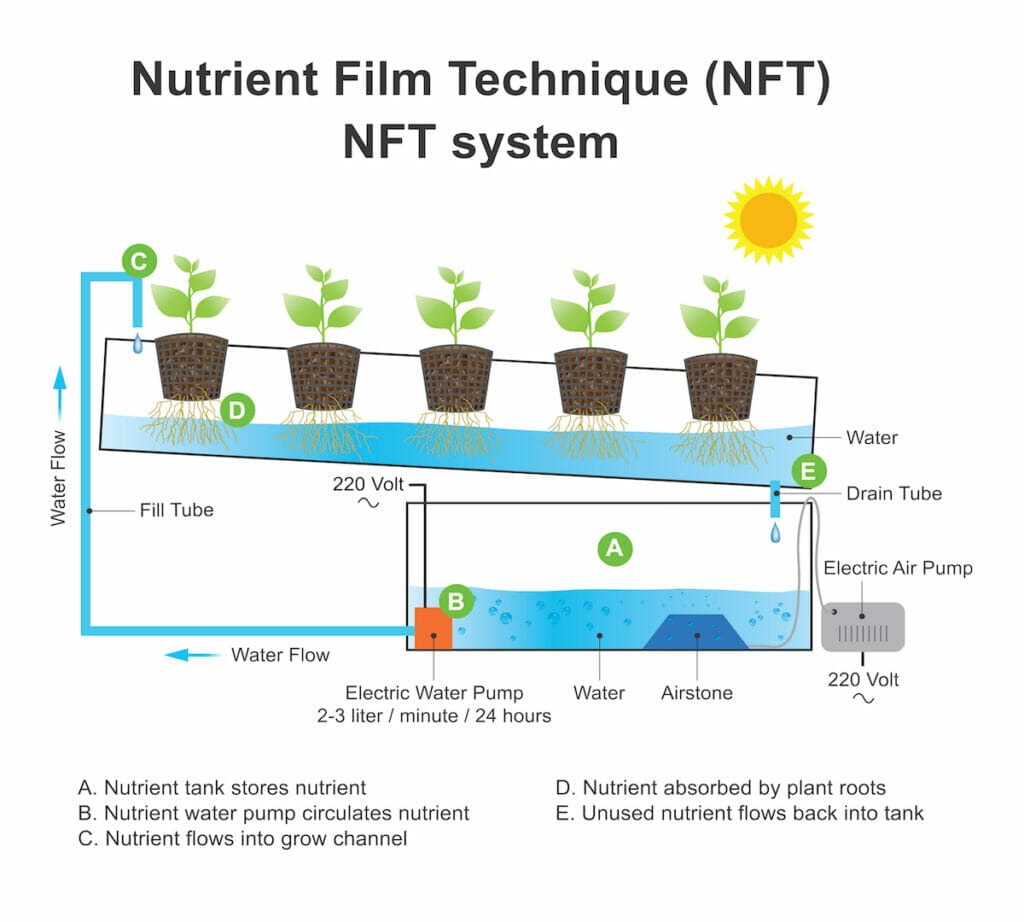
NFT – Nutrient Film Technique
The nutrient film technique is a type of hydroponics system that uses a thin film of nutrient-rich water to feed the plants. The roots of the plants are suspended in air, and they are constantly exposed to the nutrient solution.
Wick System
The wick system is one of the simplest types of hydroponics systems. It uses wicks to transport nutrient-rich water from a reservoir to the roots of the plants. The wicks provide a constant supply of moisture and nutrients to the roots, making this an ideal system for growing small or delicate plants.
Bucket System
The bucket system is a type of hydroponics system that uses buckets filled with nutrient-rich water to feed the plants. The buckets are typically placed on shelves or racks, and the roots of the plants are suspended in the water.
Flood and Drain System
The flood and drain system is similar to the ebb and flow system, but it uses pumps instead of gravity to circulate the nutrient solution.
Aquaponics Systems
This system is called aquaponics because it combines two different methods of cultivating food: hydroponics (growing plants with water) and aquaculture (raising aquatic animals).
Aquaponics is a type of hydroponics that uses fish to fertilize plants, and the plants clean the water for the fish. Fish waste provides nutrients for plant growth. The waste from these plants in turn feeds more bacteria which in turn provide even more nutrients for plant growth.
The main goal in building an aquaponics system is to create a closed-loop system, which means that all the water will be recycled until it’s clean enough to use again. That means that it is an eco-friendly system.
Hydroponic Gardening Tools You’ll Need To Grow Your Own Weed
- The most important tool for hydroponic gardening is a grow light. Grow lights provide the plants with the light they need to photosynthesize and produce food.
- A grow tent is another important tool for hydroponic gardening. Grow tents create a controlled environment for plants, which can help to optimize growth and yield.
- An air pump is used to circulate the water in a hydroponic system. This helps to ensure that the roots of the plants are getting enough oxygen.
- A water filter is used to remove impurities from the water that will be used in the hydroponic system. This helps to ensure that the plants are getting clean water and prevents them from being exposed to harmful chemicals.
- Nutrient solution is added to the water in a hydroponic system to provide the plants with the nutrients they need to grow. There are many different types of nutrient solutions available, so it is important to choose one that is specifically designed for hydroponic gardening.
- pH test strips are used to test the pH of the water in a hydroponic system. The pH of the water needs to be carefully monitored, as it can affect plant growth if it gets too high or too low.
- A timer is used to control the amount of time that the grow lights are on each day. This helps to ensure that the plants are getting the right amount of light each day and prevents them from getting too much or too little light.
- A thermometer is used to monitor the temperature of the air in a grow tent. The temperature needs to be kept within a certain range in order for plants to thrive, so it is important to have a thermometer in order to monitor it.
- A humidity gauge is used to monitor the humidity level in a grow tent. The humidity level needs to be kept within a certain range in order for plants to thrive, so it is important again
Conclusion
The hydroponic cannabis industry is growing rapidly and with good reason. Hydroponics offers many advantages over traditional soil-based gardening, including faster growth rates, larger yields, and less susceptibility to pests and diseases. If you’re thinking of getting into the hydroponic cannabis business, or if you’re just curious about how it works, check out our latest blog post for everything you need to know.

